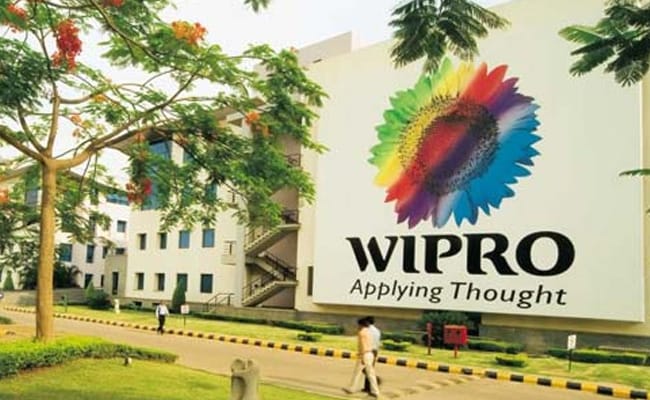Fire TV Stick
Amazon has launched the Fire TV Stick – its competitor to Chromecast – in India at Rs. 3,999, which means you can now easily watch Prime Video on your TV.
If you’re a Prime member, it will ship with your credentials configured, and net you Rs. 499 cashback via Amazon Pay. You can also get it from physical retailers such as Croma and Reliance Digital starting Thursday.
To entice you into buying the Fire TV Stick, Amazon has several limited period offers at launch. You can get 100GB of free data on your Airtel broadband and 4G Wi-Fi connection for a period of three months, and 240GB data on your You Broadband connection for the same period. There’s also a three-month free premium subscription for Eros Now, six months of ad-free streaming on Gaana, and a month of ad-free streaming on Voot.
Like Google’s Chromecast, the Amazon Fire TV Stick plugs in directly into your TV’s HDMI port, though it works a bit differently. Instead of using your phone to cast, the Fire TV Stick will ship with a voice remote that you can use to navigate the interface, or search by speaking to it. At the launch event, Amazon said that voice search will also pick up names of Hindi titles, though we’ll only know how well once we’ve spent some with it. Sadly, there was no mention of Alexa.
The Fire TV Stick is better seen as a compact version of its bigger cousin, the Fire TV. That means you can install more than 3,000 apps, games, and services, though you’ll have to keep its 8GB internal storage in mind. There’s no way to expand it, if you’re wondering. On the hardware side, the Fire TV Stick runs on a quad-core chip, with 1GB RAM, and support for 802.11ac Wi-Fi.
Amazon also talked about the various technological innovations that Fire TV Stick is capable of. For one, it has ‘ASAP’ i.e. advanced streaming and prediction, where the device learns what you watch and starts pre-fetching to reduce wait times. Amazon claims this can speed up streaming by 50 percent.
Two, the Fire TV Stick has support for the more demanding H.265 (HEVC) video codec, which means your movies will use less data and take less time to buffer. Beyond that, you’ve got access to the standard quality controls, check on the apps that are using the most data, and even set monthly quotas in case you’re worried about your Internet’s FUP.





Post a Comment